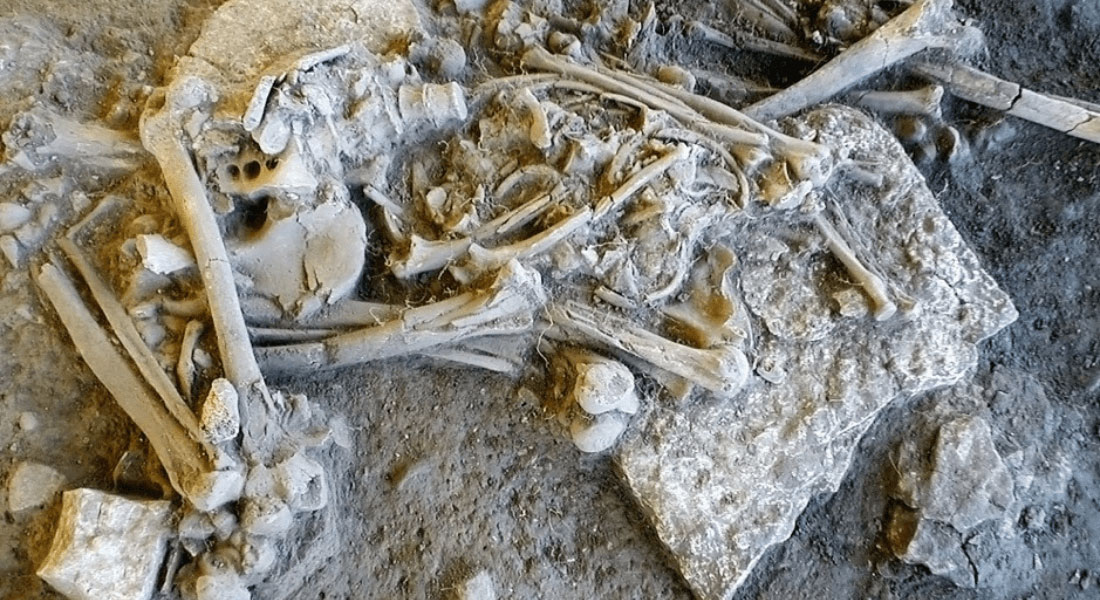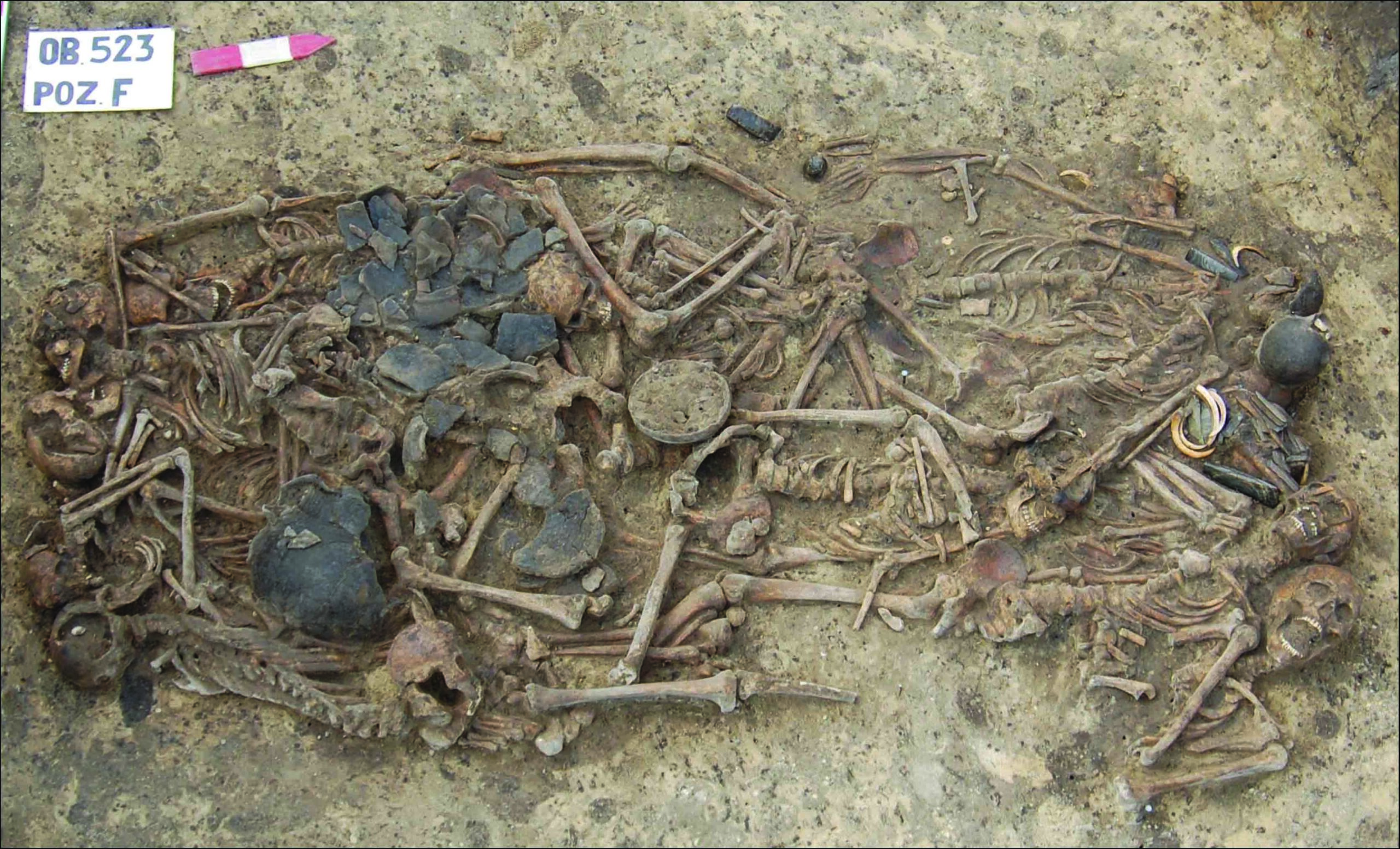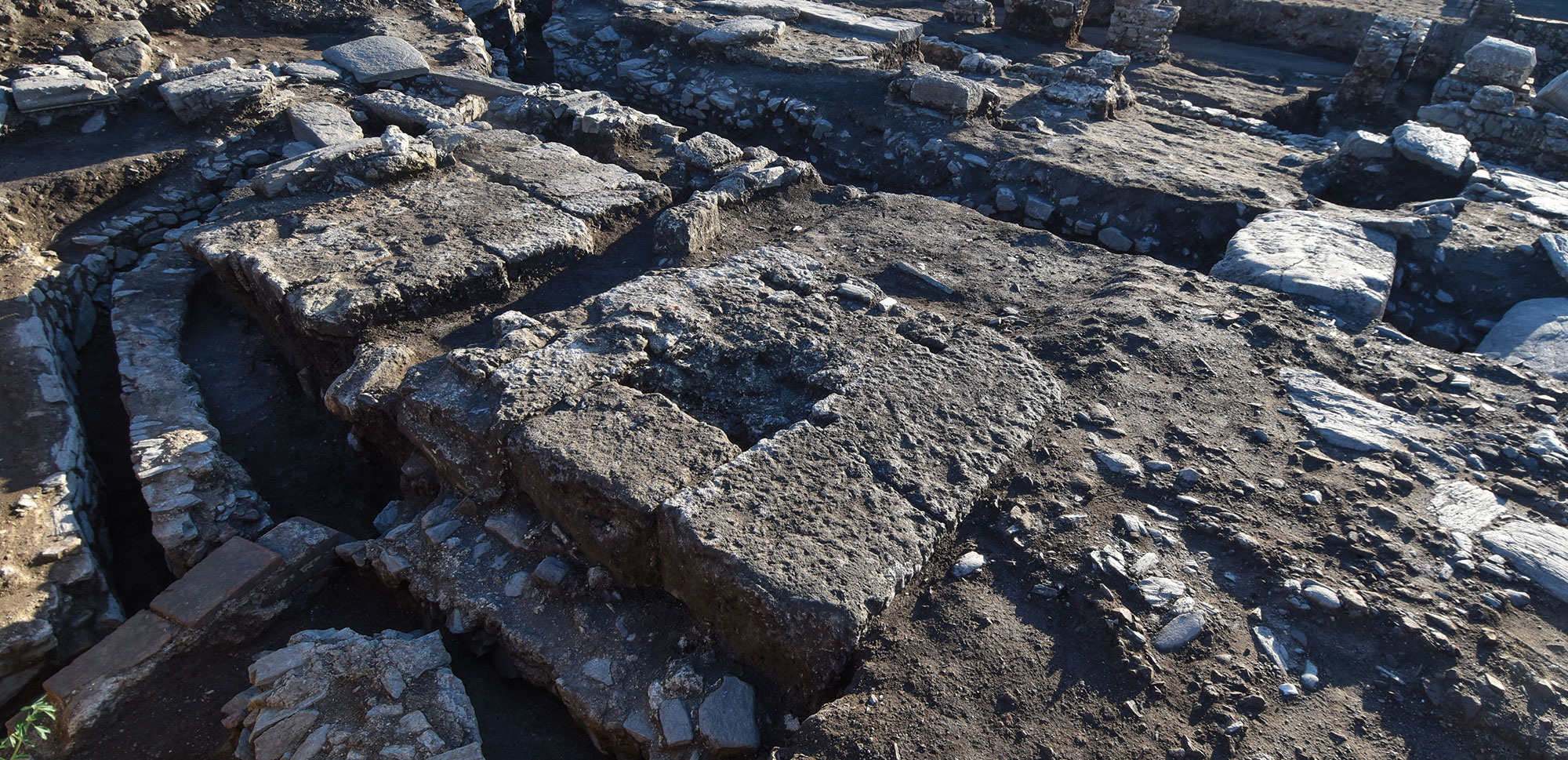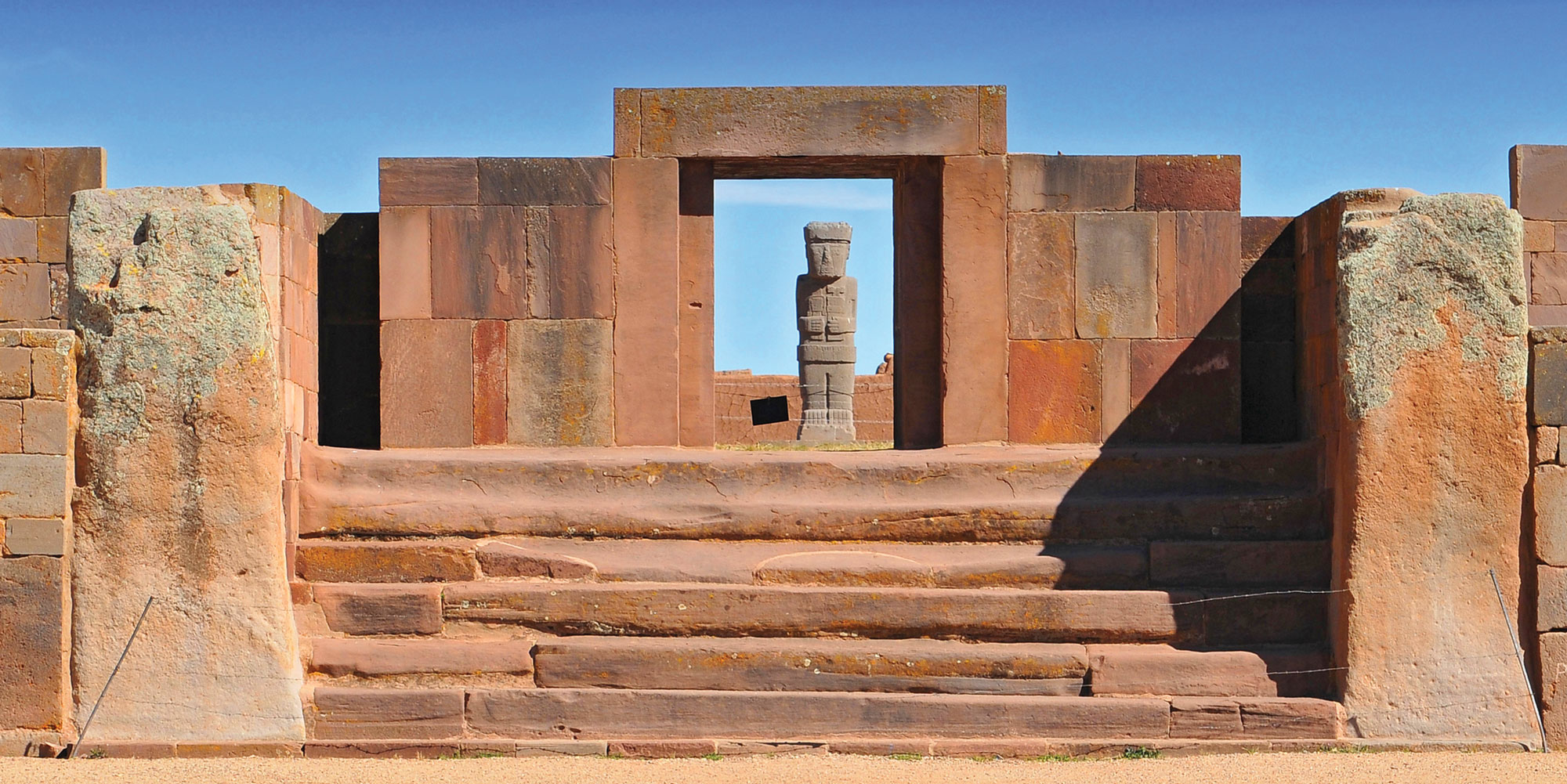
COPENHAGEN, DENMARK—According to a statement released by the University of Copenhagen, an outbreak of plague may have contributed to a collapse of the farming populations of Scandinavia and northwestern Europe some 5,000 years ago. Scientists from the University of Gothenburg and the University of Copenhagen analyzed DNA samples taken from the remains of more than 100 people who were buried at the end of the Neolithic period in passage graves in Sweden. The remains of one additional individual in the study were found in a stone cist in Denmark. The researchers looked for traces of microbes in the DNA and for relationships between the individuals. They determined that about 17 percent of them had been infected with plague when they died, and at least three outbreaks of plague were detected in six generations of one family. “Furthermore, our results suggest that the youngest plague strain we identify might have had epidemic potential,” concluded team leader Frederik Seersholm. Read the original scholarly article about this research in Nature. To read about an early, virulent form of the bacterium that causes bubonic plague, go to "Bronze Age Plague," one of Archaeology's Top 10 Discoveries of 2018.











